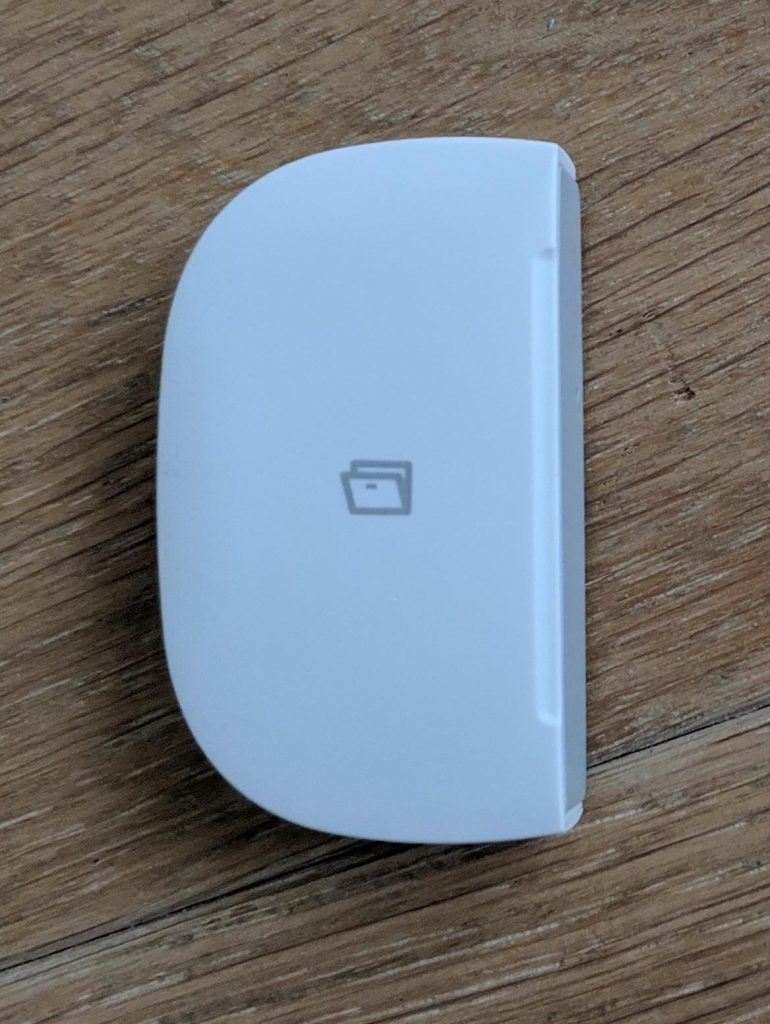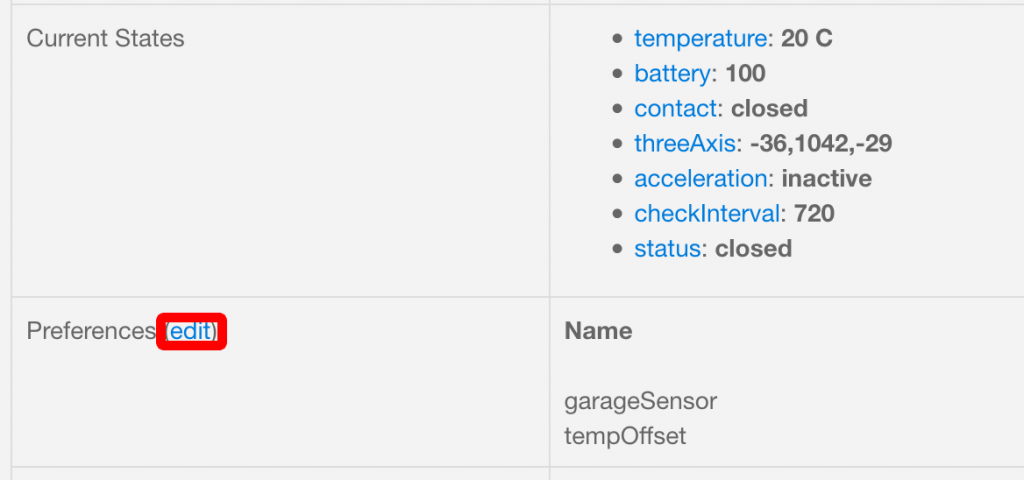Samsung SmartThings kam etwa Mitte 2018 exklusiv bei Vodafone in Deutschland auf den Markt. Mittlerweile, seit September 2019, sind die Produkte auch woanders erhältlich.
Bei Samsung SmartThings handelt es sich um eine Linie von Consumer IoT-Produkten, die Häuser oder Wohnungen “smart” machen sollen, um so z. B. Geräte über Alexa oder Google Home oder gar aus der Ferne schalten oder Einbrüche, Wasserschäden oder Brände auch unterwegs erkennen zu können.
Seit Dezember 2018 setze ich diese Technik in meinem Haus ein. Da sich mein Haus über drei Etagen plus Keller erstreckt, setze ich entsprechend viele Sensoren und Aktoren ein. Ich habe mit einem Starterset, bestehend aus Zentrale (Hub), einem Tür-/Fenster-Universalsensor, einer Kamera und einer Sirene, angefangen. Bereits nach wenigen Wochen habe ich mir zusätzliche Sensoren und schaltbare Steckdosen hinzu gekauft, so dass ich mittlerweile 39 Geräte besitze, die mit dem SmartThings-Hub gekoppelt sind: Kameras, Sirene, Fenster-/Tür-Erschütterungs- oder -öffnungs-Sensoren, Temperatur-/Luftdruck-Sensoren, schaltbare Steckdosen, Bewegungssensoren, Wassersensoren, etc.


